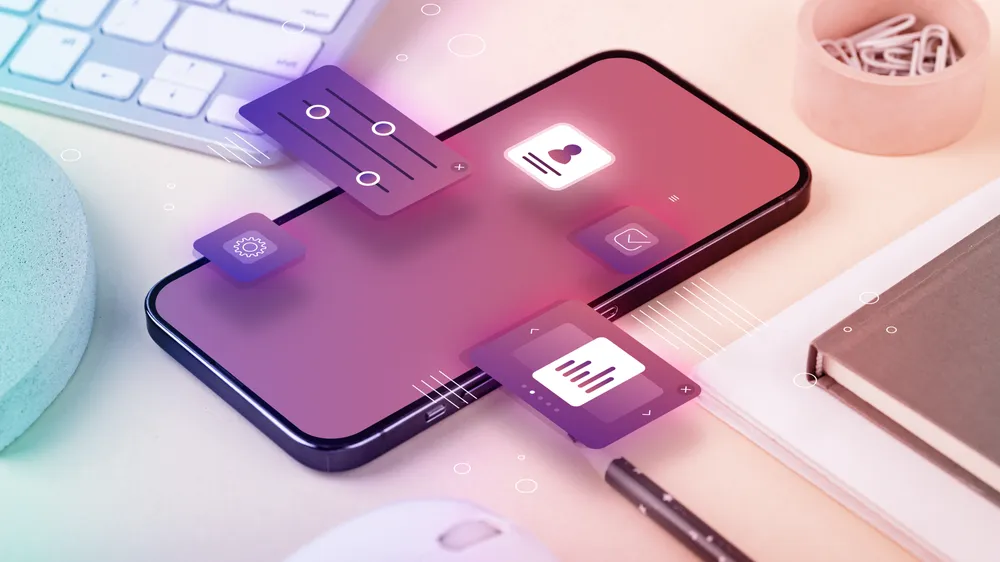
With the ever-advancing digitalization of almost all areas of modern life, developing a mobile application can often be essential to the company’s success. But before you set out on a product design journey and choose a development partner, it is worth knowing what the process will look like.
So, let’s analyze the five key collaboration areas in mobile app development.
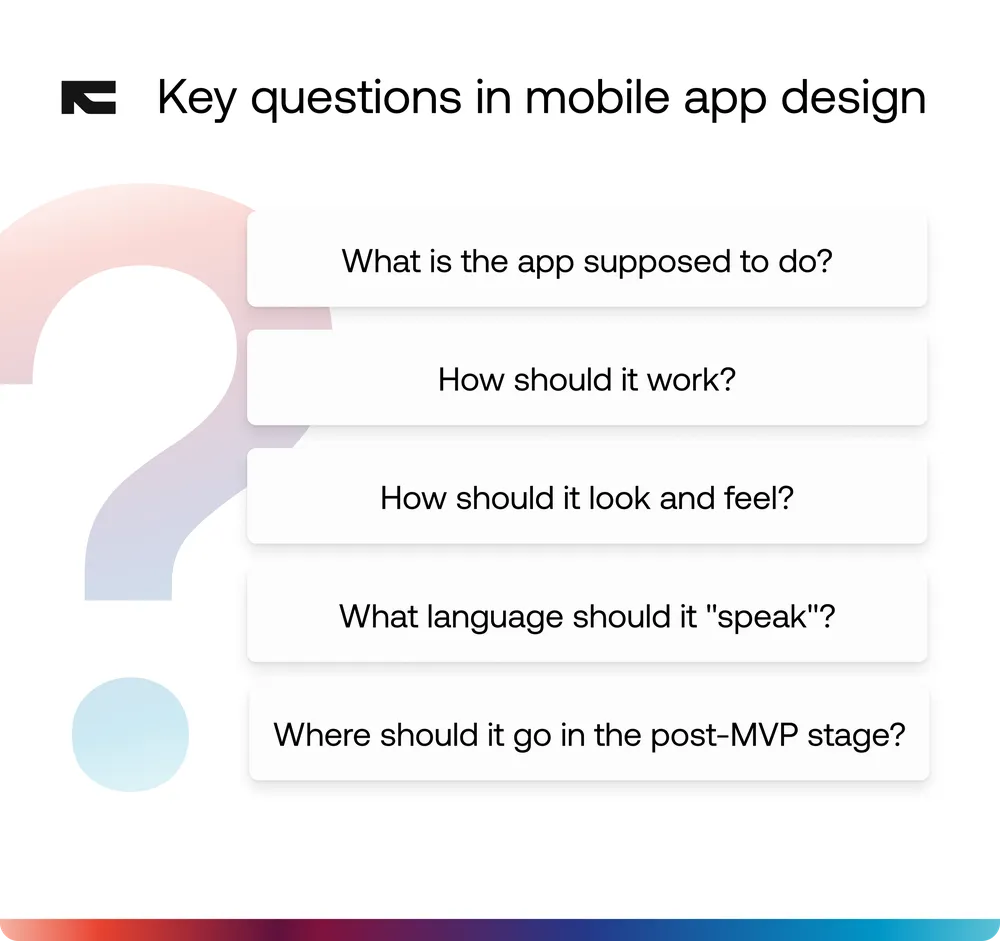
Defining the app goal is the first and perhaps one of the most important collaboration areas. Apart from answering the question posed above, it is also crucial to decide what impact the software in question is supposed to have on the business. And, obviously, a mobile application can fulfill several business purposes, which product designers should ideally be aware of.
For example: an app may not only "sell" but also enhance brand awareness or customer affinity through various loyalty programs, offer discounts, and recommend products or services to choose from.
However, in the early app design & development stages, it is often far more prudent to focus on a specific main function. Which one? This question is a great starting point for a much broader discussion grounded in an in-depth dialogue with stakeholders and resulting in a well-defined roadmap. That being said, in an ideal situation, a digital product should be dedicated to a specific target group.
In the end, product managers will consider the data based on key performance indicators, which determine how effective individual activities are after their implementation. In the case of a mobile app, its effectiveness will manifest itself in statistics like the number of downloads, user reviews (both positive and critical), and finally sales of products or services achieved through the app.
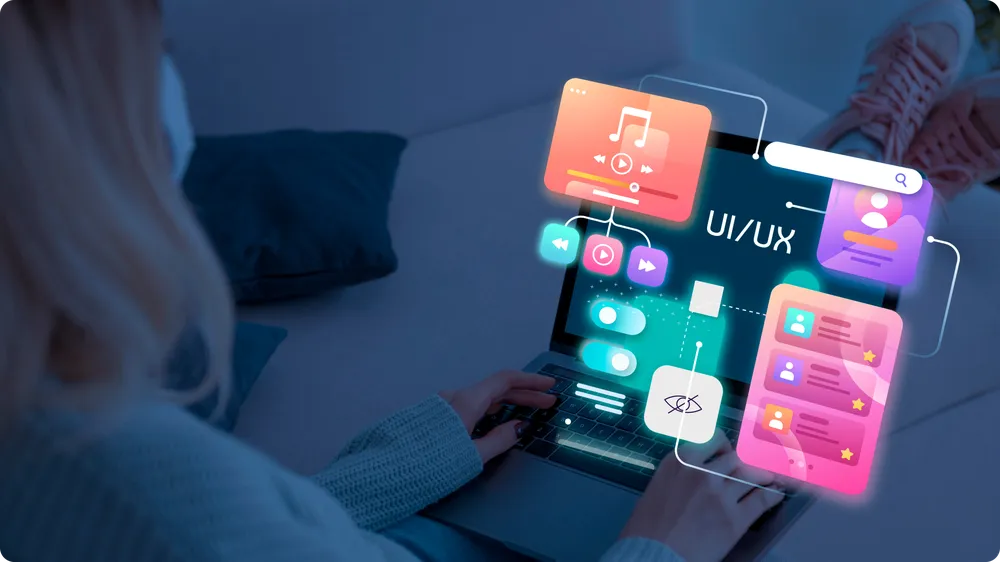
The second critical collaboration area revolves around the details of how the app should function. Beyond defining its overarching goals, it is essential to devise the specific paths, functionalities, and technical capabilities that will bring a given vision to life.
Identifying the core functionalities that the app should have to fulfill its intended purpose is a central aspect of this area. Mapping out user journeys and navigation flows and crafting an exceptional user experience (UX) are pivotal. This phase requires close collaboration with the development team to ensure that the app caters to user needs and meets all expectations laid out at the concept stage.
Moreover, the technical architecture of the app needs to align with all its objectives – issues like scalability, user data security, and performance considerations must all be addressed. Creating a robust collaboration strategy in this area usually guarantees that the app will not only meet but exceed user expectations.
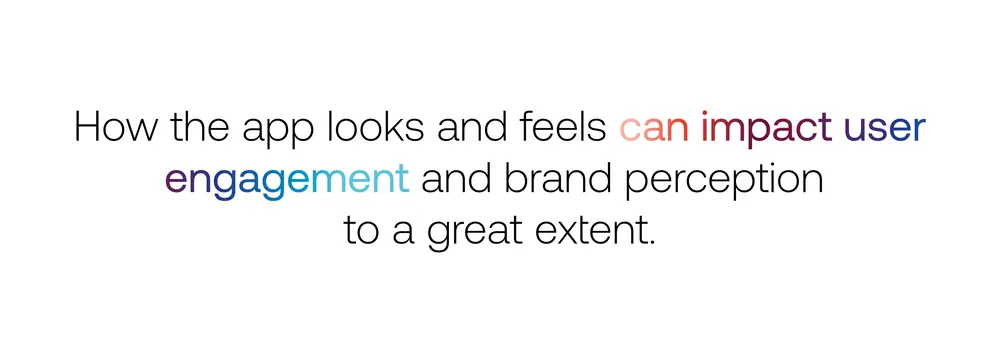
In the world of mobile apps, aesthetics are not just an addition – a pleasant finishing touch. They're a necessity. How the app looks and feels can impact user engagement and brand perception to a great extent.
Effective collaboration in this area centers around the visual aspects of the app. Product designers collaborate to capture the brand's essence, all while making the experience as intuitive as possible for the users. This process includes creating wireframes, mockups, and prototypes that provide a close representation of every aspect of the app's user interface and user experience.
Decision-makers need to ask themselves if the app should correspond to the main colors from the brand book. Or, depending on the goal, maybe its visuals should represent a subbrand from the company’s portfolio? Knowing the answers to these questions at the start of the creative process is crucial to avoid visual chaos and maintain visual consistency throughout all activities, including marketing and media. The colors, shapes, fonts, and other elements of the app should look like pieces of the same puzzle when displayed next to other brand assets.
If the company doesn't have a specific concept for the product’s visuals or is unable to provide an up-to-date brand book, the issue should be discussed by the design team alongside the stakeholders responsible for the branding on the Client’s side.
It is also important to take note if the design of the new mobile app is likely to outshine the company’s current channels, for example, the web-based e-commerce that launched several years earlier and hasn’t had major updates since then. In such cases, the app will not only represent the business and take its visuals to the next level. It will also serve as the new, up-to-date point of reference for future improvements for the other digital channels, and should be designed with that goal in mind.
The goal of collaboration within this area is to ensure that the application is not only functional but also visually appealing. It is about creating software that resonates with users and leaves a lasting impression.
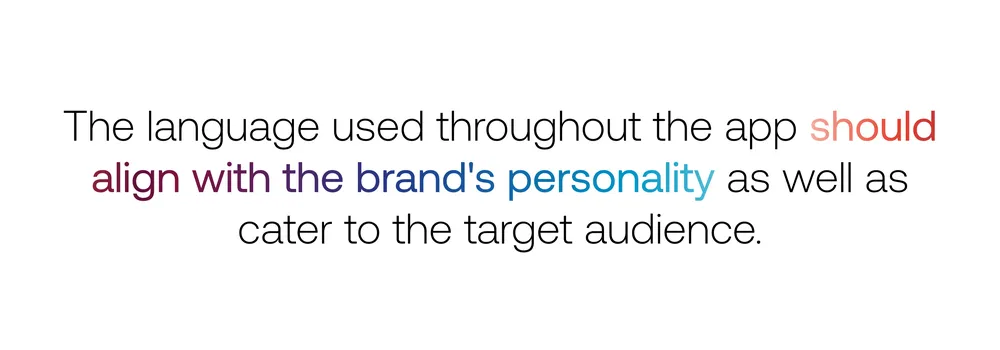
A mobile application is more than just code – it is a tool for communication with the user base. How it speaks to them, the language it uses, and the overall tone of the UI are crucial elements that must be defined in the development process.
Collaboration in this area involves working closely with marketing and communication specialists to determine the app's tone of voice. Should it have a friendly and informal tone or does it need a more professional and authoritative voice?
The language used throughout the app should align with the brand's personality as well as cater to the target audience. How old are the prospective users? What is their country of origin? Depending on the culture, users may have different levels of acceptance towards humor or direct communication.
Text can become more effective when combined with images, especially when transmitting negative information. “Empty state” screens may feel less disappointing and enhance the overall experience if they contain an attractive, maybe even animated visual that matches the brand and its tone of voice. Situations when a user is unable to reach their goal should be managed with a special level of care, using all the appropriate communication tools available to designers.
The collaborative process in this area focuses on clear communication and ensuring that the app's tone becomes a natural extension of the brand.

The launch of the Minimum Viable Product (MVP) is a significant milestone, but it marks just the beginning of the app's real journey. Its trajectory after this stage is also the focus of the fifth collaboration area.
Post-MVP collaboration involves ongoing strategic planning and adaptation. Regular performance audits and user feedback analysis help identify areas for improvement. Staying in touch with emerging technologies and trends makes sure an app remains competitive. Collaborative efforts are essential in charting a development roadmap that guarantees the app's continued efficiency, relevance, and adaptability in a rapidly evolving market.
As the first real-life data from product usage is collected, companies may decide to implement new features that were impossible to fit into the MVP or perhaps did not form part of the initial scope but are now requested by users. This may also be the right time to introduce incremental design improvements that weren’t covered by the MVP budget like new icons or animations.
Companies that want to keep expanding their digital product after the MVP stage – so, realistically, nearly all companies – should make sure that designers are working with future development efforts in mind from the very beginning. The industry standard for making that happen is building a design system.
A design system relies on building interface components, which are then constantly reused in the development process. In a way, we create LEGO blocks that we can then use to assemble screens or processes. Along the design-development line, a digital ecosystem is produced, and it becomes an increasingly rich set of elements. Most studies and research on design systems suggest they generate ~30% in time and cost savings. This is a significant gain, which becomes greater the longer the product stays on the market and the greater the scope of its interface.
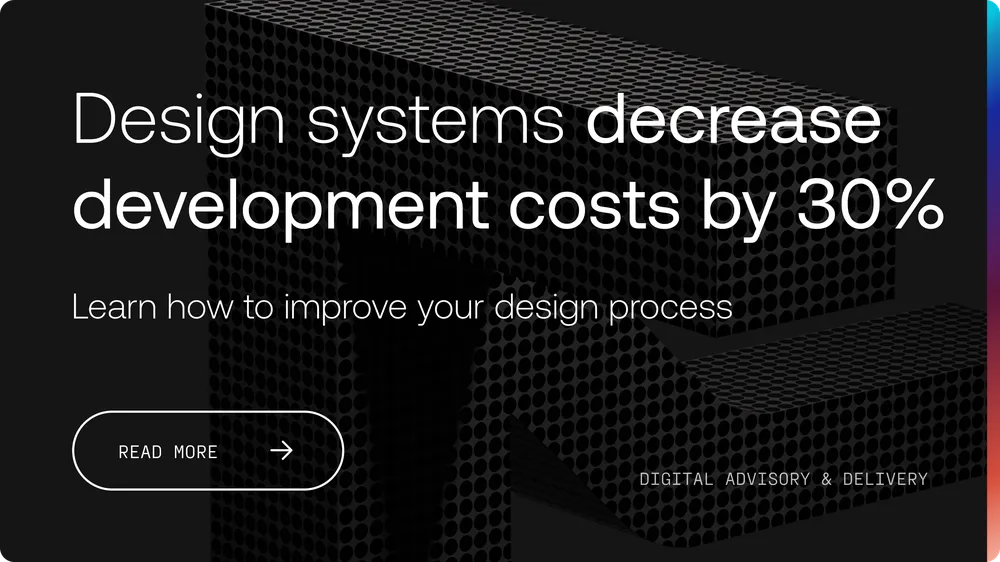
Together, these five collaboration areas form the backbone of successful mobile app development, ensuring that the application not only meets but exceeds the business goals and user expectations.
Throughout the whole product design process, it is necessary to remember that a mobile app is not merely a product. It is better to think of it as the result of a well-coordinated effort by the development partner.
In some cases, stakeholders may have a general idea of what they want to achieve and how to do it, but discussing the subject with an expert and learning more about market benchmarks leads them to unlock previously hidden opportunities.
Embracing the crucial collaboration areas described above ensures that in the end, the app will resonate with its target audience, meet its objectives, and drive the business forward. After all, a well-crafted mobile app can translate into a significant competitive edge.